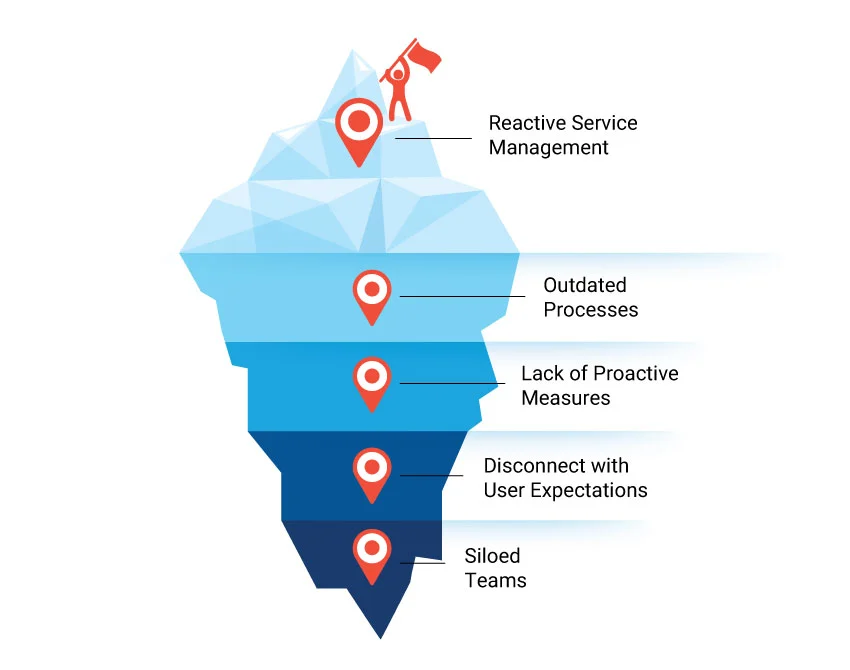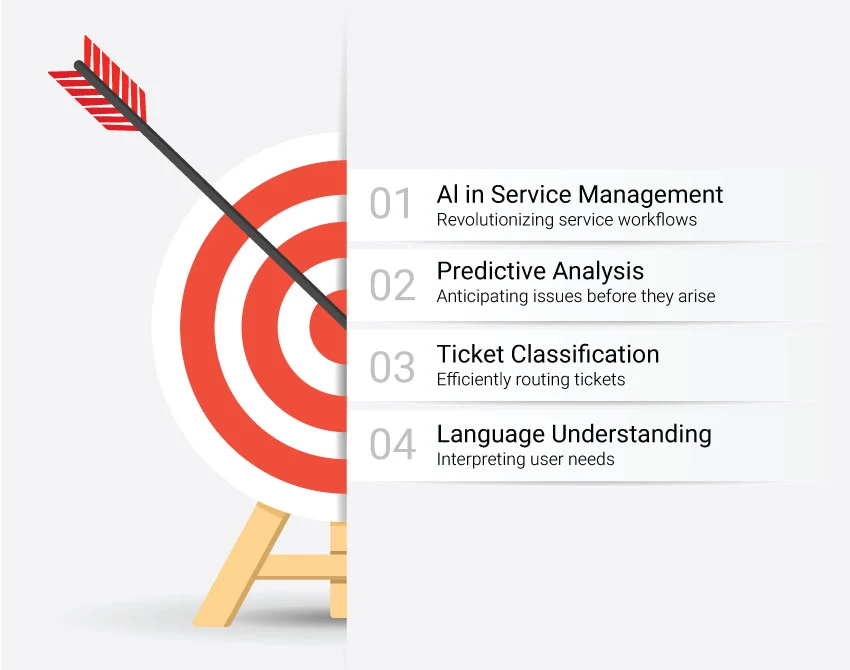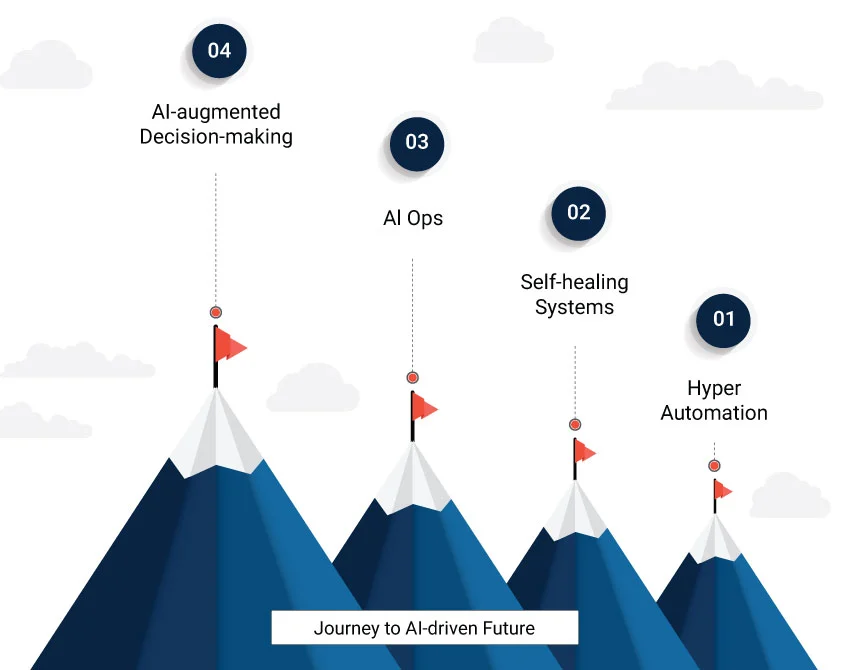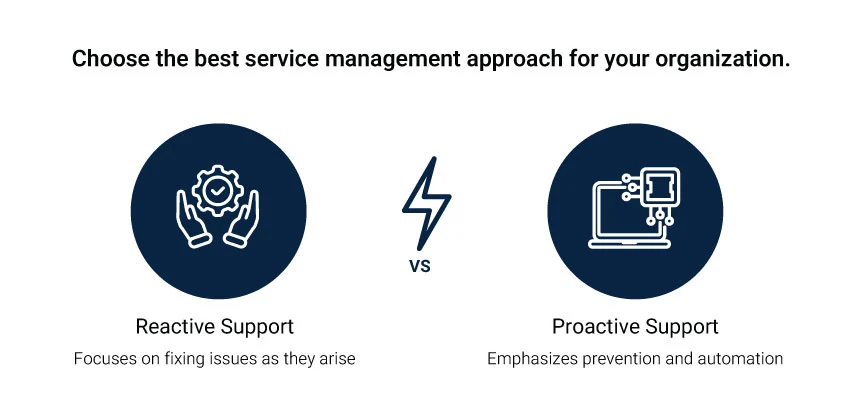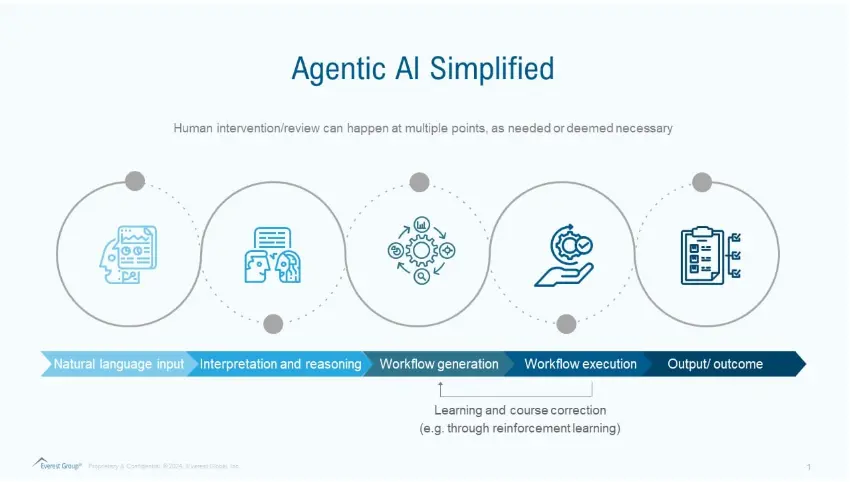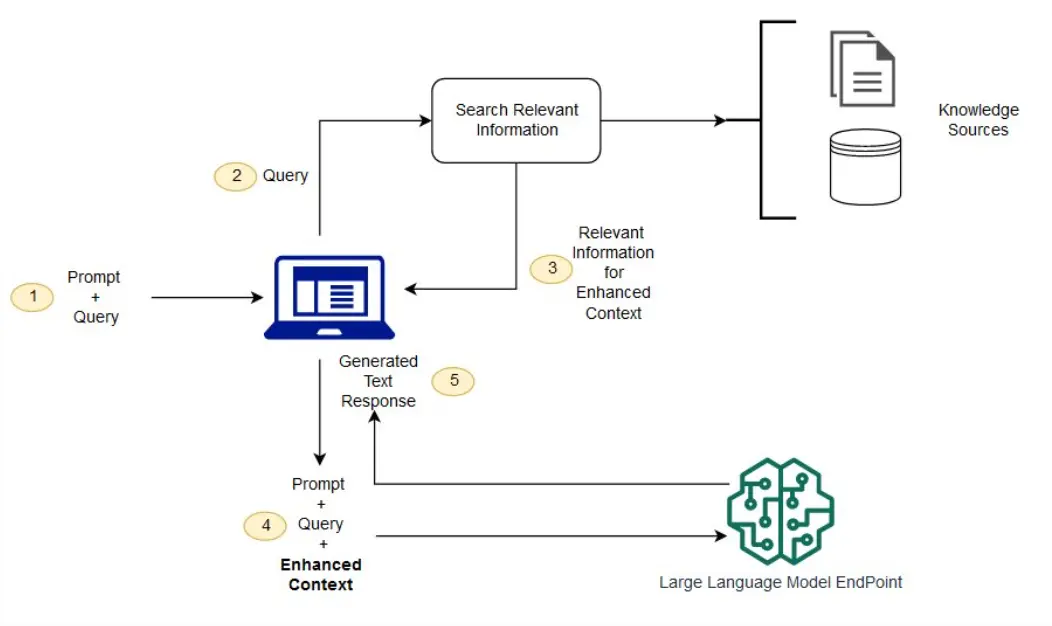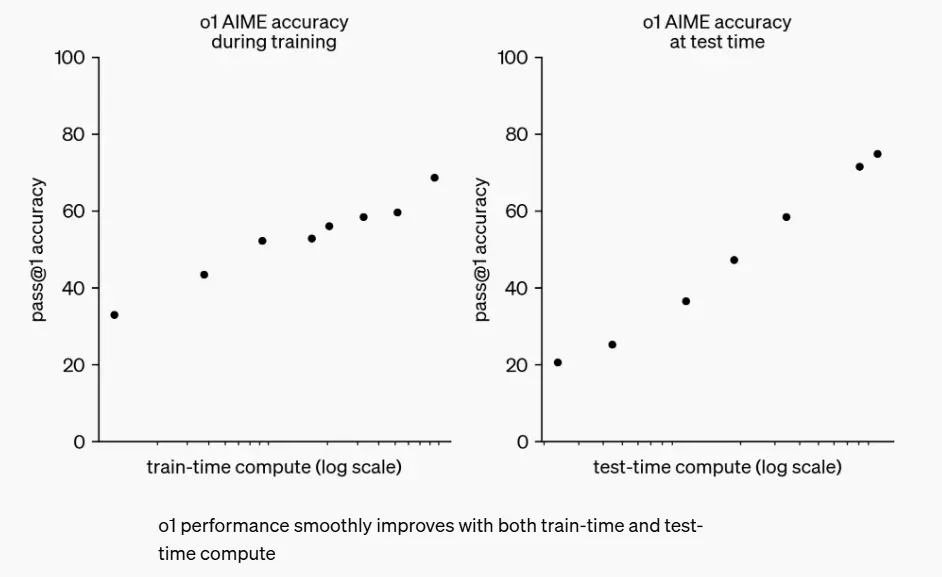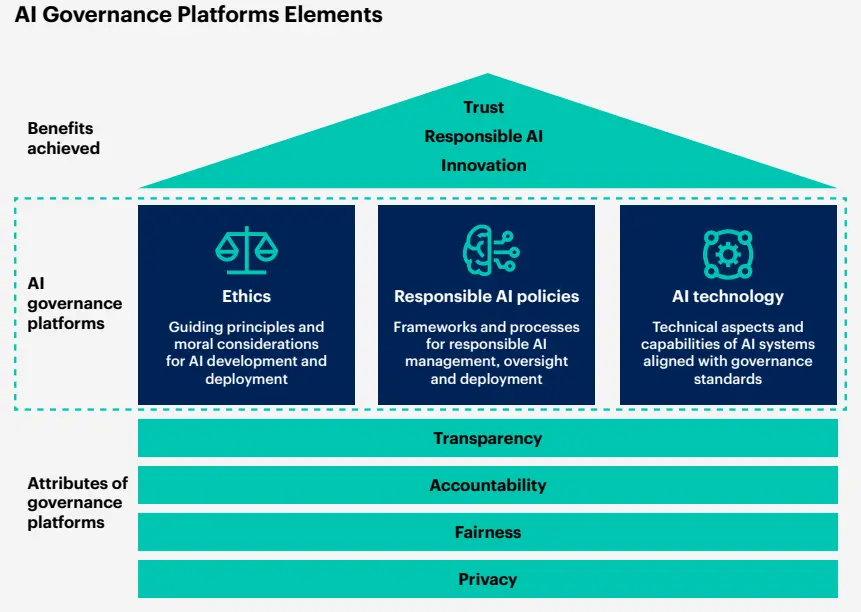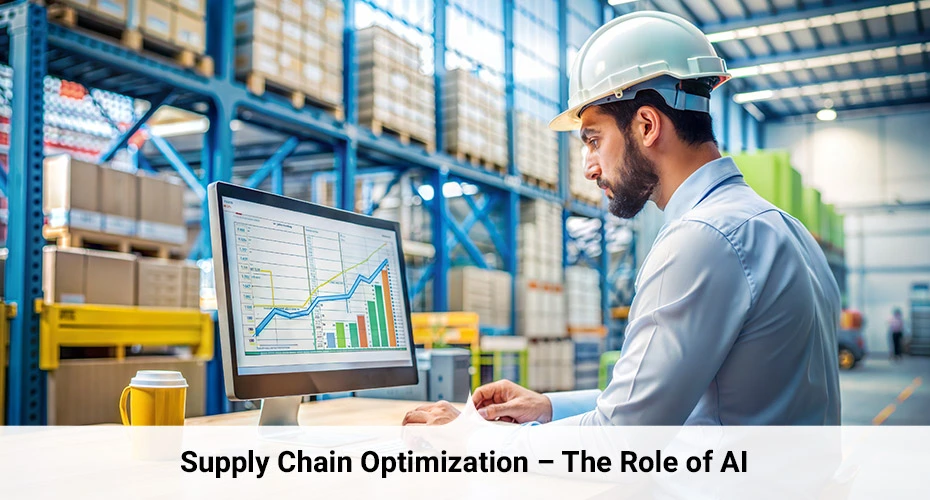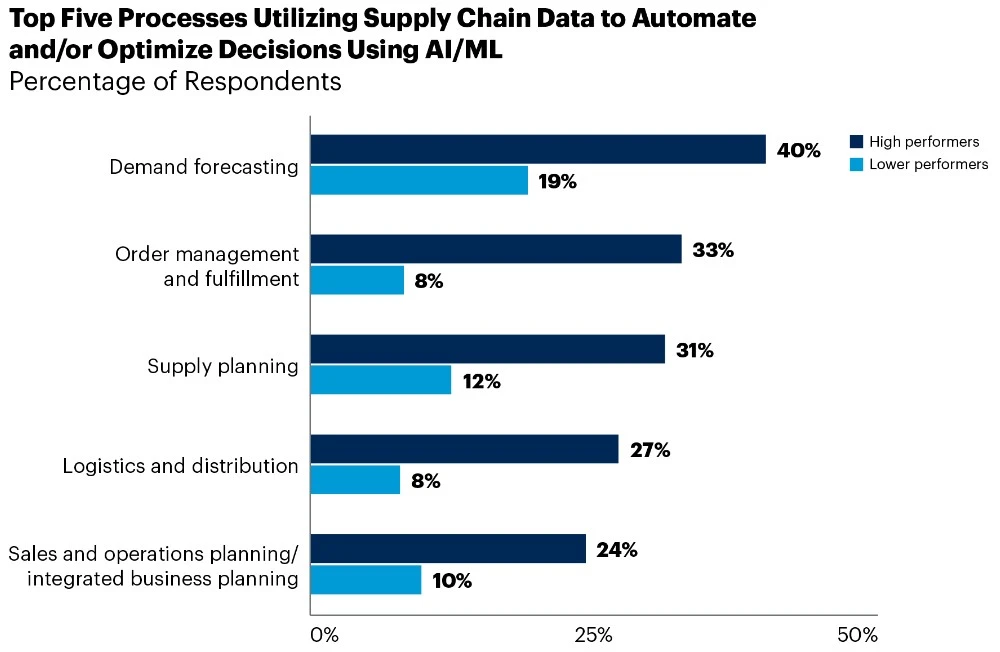As businesses face increasing pressure to make faster, smarter decisions while staying agile, Artificial Intelligence (AI) is becoming a game-changer for modern ERP systems. Microsoft Dynamics 365 ERP, a robust platform that integrates finance, supply chain, operations, and customer service, is evolving with AI capabilities that help companies automate routine tasks, predict trends, and enhance customer experiences, all while driving productivity and cost savings.
In this blog, we’ll explore practical ways AI transforms Dynamics 365, address key questions businesses ask about AI’s role in ERP, and showcase eight real-world use cases.
The Transformative Power of AI in Dynamics ERP
Artificial Intelligence is redefining what’s possible in enterprise resource planning. Within Microsoft Dynamics ERP, AI integration is no longer just an add-on—it’s a core driver of business efficiency. By automating repetitive tasks, analyzing vast amounts of data in real time, and generating predictive insights, AI empowers organizations to make smarter decisions faster, reduce operational bottlenecks, and focus on strategic growth.
Integrating AI into Dynamics ERP transforms it from a transactional system into an intelligent platform that continuously learns, adapts, and evolves with the business. Here are eight ways AI integration enhances business efficiency in Microsoft Dynamics 365:
1. Predictive Analytics
One of AI’s most powerful features is its ability to predict future trends. Analyzing historical data, AI in Dynamics ERP can forecast market trends, customer behavior, and financial outcomes. For example, AI can predict demand for specific products, enabling businesses to adjust their inventory levels accordingly. This insight allows decision-makers to act proactively, ensuring they stay ahead of competitors.
2. Supply Chain Optimization: Real-Time Insights with Copilot
Copilot in Dynamics 365 Supply Chain Management brings much-needed intelligence and foresight to traditionally reactive processes. In inventory management, AI can analyze historical sales data and market trends to accurately forecast demand, allowing businesses to maintain optimal stock levels and reduce excess inventory and stockout risk. On the supplier side, Copilot tools can evaluate supplier performance, flag potential risks, and suggest more reliable alternatives based on past interactions and data insights.
3. AI-Powered Customer Service: 24/7 Support and Lower Costs
AI-powered chatbots integrated within Microsoft Dynamics 365 ERP can provide 24/7 customer service, offering immediate responses to customer queries. These chatbots can answer common questions, track order status, and even process simple transactions. Businesses can reduce overhead costs by automating customer service tasks and ensuring customers receive timely, personalized service without relying on human agents.
4. Business Intelligence: Better Reporting and Dashboards
AI integration enhances the capabilities of Business Intelligence (BI) tools within Microsoft Dynamics 365 ERP by analyzing large datasets faster and more accurately than traditional BI systems. Teams can access real-time reports and insights tailored to their needs and easily identify patterns and anomalies, ensuring more accurate decision-making.
5. Faster Financial Closures: Reduce Errors and Speed Up Close
AI improves reporting by creating dynamic, interactive dashboards that adjust in real-time to the data. These dashboards give businesses personalized views of KPIs and other critical business metrics, allowing executives and managers to track business health easily. With AI-powered reporting, companies can get a clearer picture of performance, enabling faster decision-making.
6. Intelligent Automation: Streamline Daily Operations
AI reduces the burden of repetitive, manual tasks by automating processes like invoice processing, payroll, and order management. It can accurately extract and input invoice data, ensure a timely and precise payroll based on ERP inputs, and automatically route orders. This speeds up operations and allows employees to focus on higher-value, strategic work. AI optimizes human error, saves time, and increases productivity and job satisfaction.
7. Enhanced Workflow Efficiency: Make Faster Business Decisions
AI integration optimizes Microsoft Dynamics 365 ERP workflows by automating routine approvals, tasks, and processes. For example, AI can determine the urgency of specific tasks and route them to the appropriate team members for faster resolution. By analyzing real-time data, AI ensures that workflows run smoothly and that bottlenecks are identified and addressed quickly.
8. Intelligent Demand Forecasting: Improve Inventory Accuracy
AI-powered demand forecasting in Microsoft Dynamics 365 ERP helps businesses accurately predict future sales, inventory needs, and other critical activities. AI can provide businesses with actionable insights on future demand by analyzing historical trends, seasonality, market data, and other relevant variables. This helps companies avoid overstocking or understocking, ensuring efficient inventory management.
A Real-world Case Study
A precision machinery manufacturer’s customer service team faced several challenges in managing a high volume of cases. Manually searching through emails, tracking customer interactions, and gathering case information was error-prone and time-consuming.
Using a GenAI-based Copilot, the manufacturer could quickly extract key insights, consolidate relevant case information, and draft context-aware emails. By doing so, it could:
- Have all relevant case information in one place to ensure accurate and practical solutions.
- Get concise, comprehensive case summaries and deliver quicker, more informed customer responses.
- Leverage automated email suggestions to create emails in seconds, ensuring consistent messaging and reducing errors.
The Future of AI in Microsoft Dynamics 365 ERP
The future of AI within Dynamics ERP is poised to transform enterprise operations by making systems more intelligent, intuitive, and interconnected. As AI technologies evolve, they will drive greater automation, real-time insights, and seamless integration across business functions, enabling organizations to make smarter decisions faster and more precisely.
Key advancements shaping the future include:
- Natural Language Processing (NLP): Enabling more conversational, user-friendly interactions with ERP systems for faster access to information and task execution.
- Self-Learning Algorithms: Machine learning models that continuously improve from new data, enhancing forecasting, personalization, and decision support.
- Deep Learning Capabilities: Analyzing vast datasets to uncover complex patterns and generate highly detailed, actionable insights.
- IoT Integration: Leveraging real-time data from connected devices to improve supply chain visibility, enable predictive maintenance, and optimize operations.
- Smarter Automation: Increasing AI-driven automation of complex processes, reducing manual effort, and boosting efficiency across departments.
Rethinking Operational Excellence with Microsoft Dynamics 365 ERP and AI
AI integration is reshaping how organizations leverage Microsoft Dynamics 365 ERP by automating routine tasks, enhancing decision-making, and streamlining operations. From improving the speed and accuracy of data processing to enabling more intelligent forecasting and reporting, AI empowers businesses to operate more efficiently while reducing costs through better resource management and decreased operational overhead.
As technologies like machine learning, natural language processing, and real-time analytics advance, businesses must stay informed and agile to take advantage of these innovations fully. Those proactively embracing AI-driven capabilities will be better equipped to adapt, compete, and lead in an increasingly digital economy.
About the Author
Jinkal Panchal is a Technical Manager with over 11 years of experience in enterprise technology solutions, specializing in Microsoft Dynamics 365 Finance and Operations. He brings extensive expertise in D365 F&O implementation, system architecture, troubleshooting, and performance optimization.





